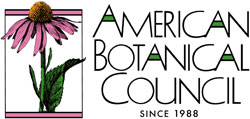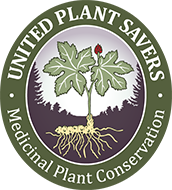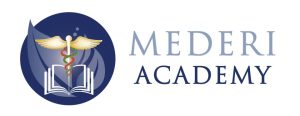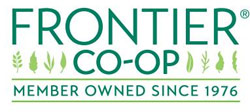Speaker: Kat Maier, RH (AHG) United Plant Savers (UpS) has created the invaluable “At-Risk” Tool, which is based on various relationships that we humans, as well as ecosystems, have with the plants. After reading the list, students always ask, “Well, what can we use in its place?”
Often times the choice is simple: choose a cultivated species rather than one harvested from the wild. When cultivated species are not available, then it is best to find a plant analog; one having a parallel action, function or end result compared to the herb you want to save. In most instances, it is important and necessary to use a variety of analogs for the at-risk herb because an analog generally satisfies only some of the therapeutic actions of a particular plant species and does not demonstrate all medicinal actions of that plant. It is sometimes difficult to find replacements for our tried and true herb friends, but it also can be very satisfying and will expand your expertise, while helping to replant our future.
Related Products:
 Also available in video (for purchase separately on Vimeo)
Also available in video (for purchase separately on Vimeo)
 The PowerPoint for this recording is available in: 2024 Medicines from the Earth Herb Symposium: Conference Book Download (PDF)
The PowerPoint for this recording is available in: 2024 Medicines from the Earth Herb Symposium: Conference Book Download (PDF)
Continuing Education for Naturopathic Physicians: This recording has been approved for 1.5 general CME credits by
- Oregon Board of Naturopathic Medicine (OBNM)
More information on our Continuing Education Program
Botanical Analogs for At-Risk Medicinals
- Event: 2024 Medicines from the Earth Herb Symposium
- Product Code: 24ME14
- Availability: 1000
-
$11.99
Tags: botanical medicine, herbal medicine, at risk plants, medicinal plants







